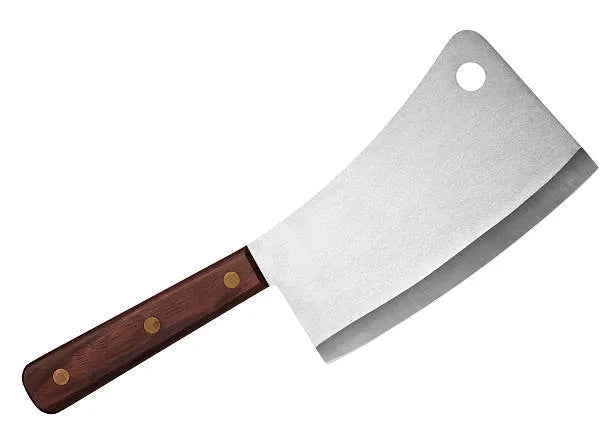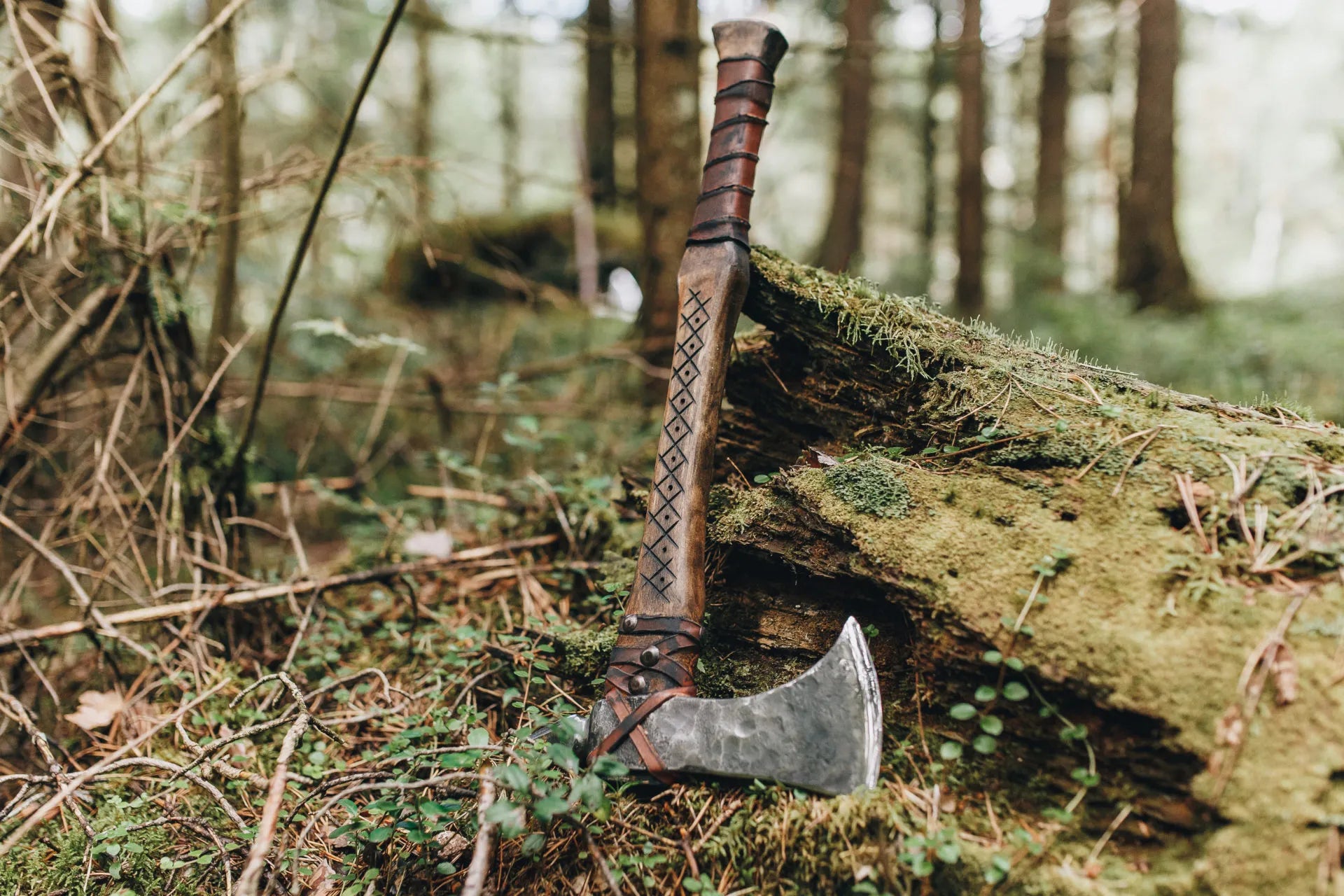
How to Sharpen a Knife?
How to sharpen a knife? A knife’s blade is treated with friction-based tools at a specific angle to convert its edge into a sharp one. We use different tools for sharpening purposes, and each tool has its surface gradient. Just as tools like a Viking Axe require proper sharpening for optimal performance, sharpening a knife ensures its edge remains effective. Sharpening a knife after regular intervals is necessary for its proper working. Before explaining the sharpening process, one must know the knife one is using, as a knife’s details are crucial for sharpening it correctly.
Structure of A Knife:-
A Knife
A knife usually has two major components: a grip/ grasp and the blade. Both parts are generally made of different materials. The grip is often made of plastic, wood, or other materials. The blade is made of stainless steel or high-carbon steel, Damascus steel, D2 steel, chromium, or tool steel. For a complete range of knives encompassing kitchen, outdoor, and sporting knives visit Knives Hives.
Shape of Blade
After knowing the knife’s components, we must know the blade's shape before starting the sharpening exercise. Knives have different blade sizes and shapes. These blades and their sizes are based on the knife types and their use. Generally, a Bowie Knife has a large blade while the blade of a Skinner Knife is small. Here are different categories of the knives:
- Trailing Point
- Nessmuk
- Normal Straight
- Clip Point
- Drop Point
- Japanese Tanto
- Spear Point
- Sheepfoot
- Dagger
- Warrencliff
- American Tato
- Kukri
- Dao
- Talon
- Spey Point
- Needle Point
- Hawkbill
How to Sharpen?
How to sharpen a knife? After discussing a knife's details, we explain different sharpening tools. Sharpening is a routine activity so tools for sharpening are also common. We chose a sharpening tool following the specs of our knife blades.
Sharpening
Sharpening converts the relatively blunt edge again into a sharp one by applying friction-based tools.
Sharpening Tools
A sharpening tool sharpens a knife by following a repetitive mechanism. Here is a list of different sharpening tools.
- Whetstone or Knife sharpening stone
- Honing rods
- Sharpening steel
- Pocket sharpener
- Electric knife sharpener
- Sharpening systems
- Razor Strops
- Ceramic rods
- Diamond sharpener
Knife sharpening Stone or Whetstone
The knife sharpening stone has an abrasive part. A Kitchen knife is moved to and fro over the abrasive part of the knife sharpening stone. This method of sharpening a knife is considered the oldest one. It is a manual method that offers maximum control over the sharpening of a blade.
Honing rods: Honing rods are used to sharpen knives. This honing tool realigns the get-off particles on the edge of the blade of any knife. Thus, it controls the wearing and tearing of the blade’s edge by realigning particles that usually fall apart in whetstone sharpening or any other abrasive manual sharpening tools.
Sharpening steel: Steel is used in honing rods. The steel plays its role effectively and re-aligns falling particles without wasting them, thus enhancing the blade's life by discouraging particle wear and tear.
Pocket Sharpener: Pocket sharpeners are compact apparatuses used to sharpen knives. Their varying grids of materials make them a superb substitute for whetstones.
Electric Knife Sharpeners: Electric knife sharpeners consist of different electric and mechanical components. These components are motors, belts, rotators, and abraser connected in mechanized way. They work in coordination and harmony. This sharpener saves time and effort.
Diamond Sharpener: A diamond sharpener is considered the best sharpener. Diamond is the hardest material on earth, so it can sharpen every knife including Chef knife and tools. Its hardness enables it to sharpen a knife's edge.
Final Words:-
How to sharpen a knife? Two standard techniques are used to sharpen knives. In the first technique, we keep moving the knife on a sharpening tool. The second technique applies the movement of the sharpening tool to a knife. In addition to manual movements of either the tool or knife, some compact setups have hit the market that offer comfortable sharpening procedures.








